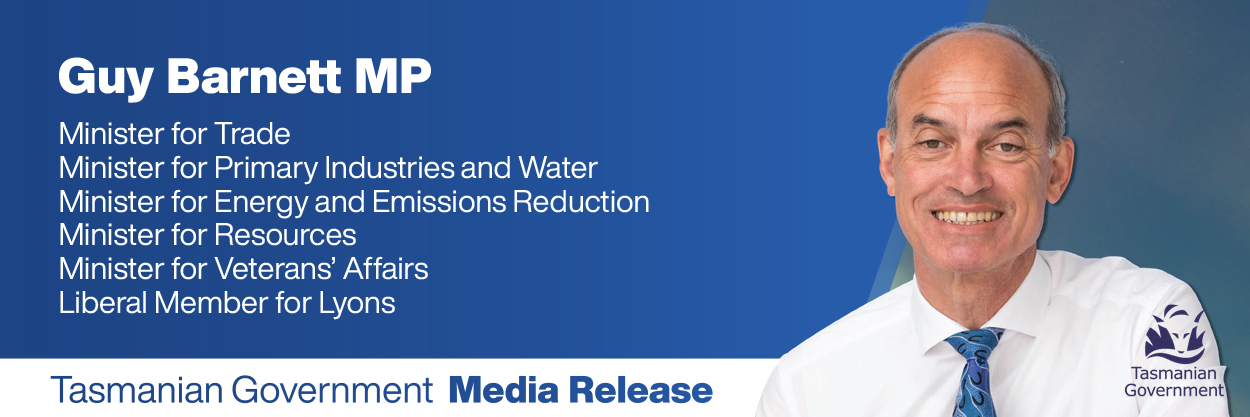The Tasmanian Liberal Government understands that recreational sea fishing is part of the Tasmanian way of life and that’s why we are delivering a 10-year strategy to lay a foundation to protect, promote and improve our recreational sea fisheries.
Tasmania has some of the highest rates of fishing participation in the world, with more than 100,000 Tasmanians going recreational fishing each year.
Recreational sea fishers also make a significant contribution to Tasmania’s economy with an estimated $160 million a year spent on accommodation, fuel, bait, tackle and other equipment.
The 10-year Recreational Sea Fishing Strategy recognises the social and economic importance of recreational fishing and outlines a forward-thinking approach to the future of marine recreational fisheries that includes a new vision and core principles to guide decision-making.
The Strategy outlines 54 actions under six key outcome areas including fisheries sustainability, promoting responsible fishing, community involvement, valuing recreational fishing, making it easier for people to go fishing and improving support for fishing.
The Strategy will make fishing more accessible for women and young people and people of all abilities through a range of educational and promotional activities including a new women’s fishing network and sponsoring a “buddy” style program to assist fishers living with a disability.
As an early commitment to the Strategy, the Government has pledged $2.9 million to provide and upgrade fishing infrastructure and implement key actions under the strategy including rebuilding sand flathead stocks through a new Flathead for the Future program.
The strategy makes a commitment to developing harvest plans for priority species including abalone, rock lobster, calamari, flathead and emerging species such as King George whiting, snapper and yellowtail kingfish.
It also commits to developing an overarching resource sharing policy framework which will include recreational-only fishing areas, to ensure catch is shared fairly between user groups.
Recognising our shared commitment to stewardship, the strategy engages the government with organisations with scientific or technical capacity such as IMAS, CMS, NRMs, OzFish and CSIRO to involve recreational fishers in collecting data, restoring habitats and managing pest species.
The Strategy also aims to strike the right balance between providing access for today’s fishers and ensuring healthy fish stocks for future generations. The Strategy also includes the establishment of a Working Group to identify pathways to transition away from the use of recreational gill nets over the next 10 years.
Progress reports will be provided annually with major reviews undertaken in 2024/25 and 2028/29. New actions will be added as the need arises.
Thank you to the thousands of Tasmanians who provided submissions to the strategy process and the engagement of key stakeholder organisations, such as TARFish, has played a vital role in identifying our priority areas of focus for the next decade.
See strategy below.
